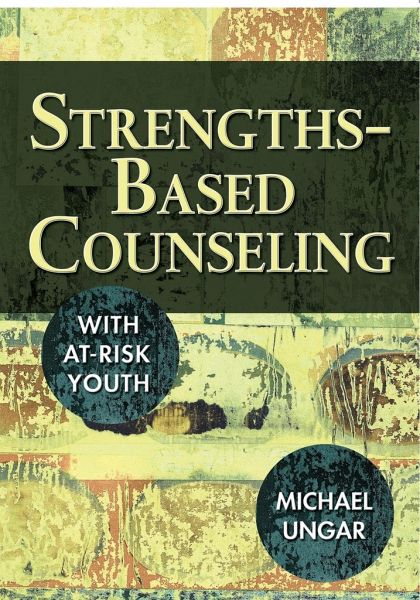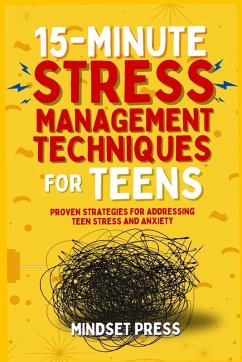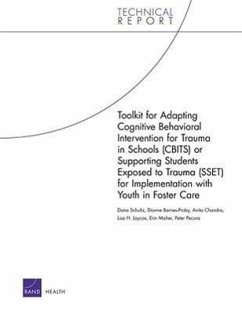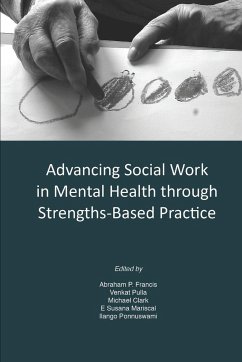
Strengths-Based Counseling With At-Risk Youth
Versandkostenfrei!
Versandfertig in 1-2 Wochen
29,99 €
inkl. MwSt.

PAYBACK Punkte
15 °P sammeln!
This resource offers counseling strategies to promote adolescents' overlooked strengths and create healthy alternatives to problem behaviors such as bullying, drug use, violence, and promiscuity.














